Chinese regional cuisines are different cuisines found in different provinces and prefectures of China as well as from larger Chinese communities overseas. A number of different styles contribute to Chinese cuisine but perhaps the best-known and most influential are Cantonese cuisine, Shandong cuisine, Jiangsu cuisine (specifically Huaiyang cuisine), and Sichuan cuisine.
These styles are distinctive from one another due to factors such as the availability of resources, climate, geography, history, cooking techniques, and lifestyle. One style may favor the use of lots of garlic and shallots over lots of chili and spices, while another may favor preparing seafood over other meats and fowl. Jiangsu cuisine tends cooking techniques such as braising and stewing, while Sichuan cuisine employs baking, just to name a few. Hairy crab is a highly sought-after local delicacy in Shanghai, as it can be found in lakes within the region. Peking duck and dim sum are other popular dishes well-known outside of China.
Based on the raw materials and ingredients used, the method of preparation and cultural differences, a variety of foods with different flavors and textures are prepared in different regions of the country. Many traditional regional cuisines rely on basic methods of preservation such as drying, salting, pickling, and fermentation.
Cantonese Cuisine

Cantonese cuisine is focused on dim sum, a Cantonese term for small pieces of dishes. These bite-sized portions are prepared using traditional cooking methods such as frying, steaming, stewing, and baking. It is designed so that one person may taste a variety of different dishes. Some of these may include rice rolls, lotus leaf rice, turnip cakes, buns, jiaozi-style dumplings, stir-fried green vegetables, congee porridge, soups, etc. The Cantonese style of dining, yum cha, combines a variety of dim sum dishes with the drinking of tea. Yum cha literally means drinking tea.
Sichuan Cuisine
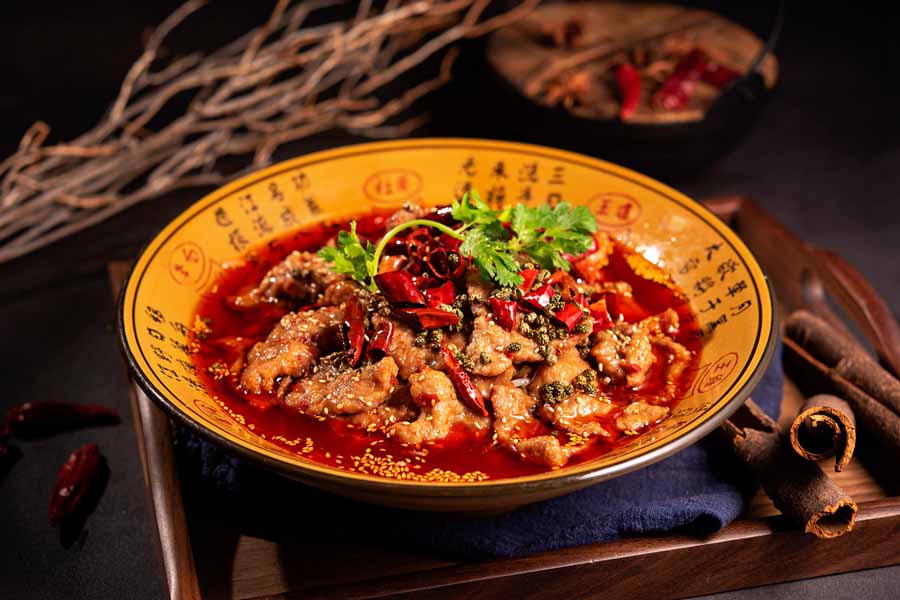
Sichuan cuisine is a style of Chinese cuisine originating from the Sichuan province of southwestern China, famed for bold flavors, particularly the pungency and spiciness resulting from the liberal use of garlic and chili peppers, as well as the unique flavor of the Sichuan peppercorn (花椒) and pod pepper (朝天椒). Peanuts, sesame paste, and ginger are also prominent ingredients in this style.
Anhui Cuisine
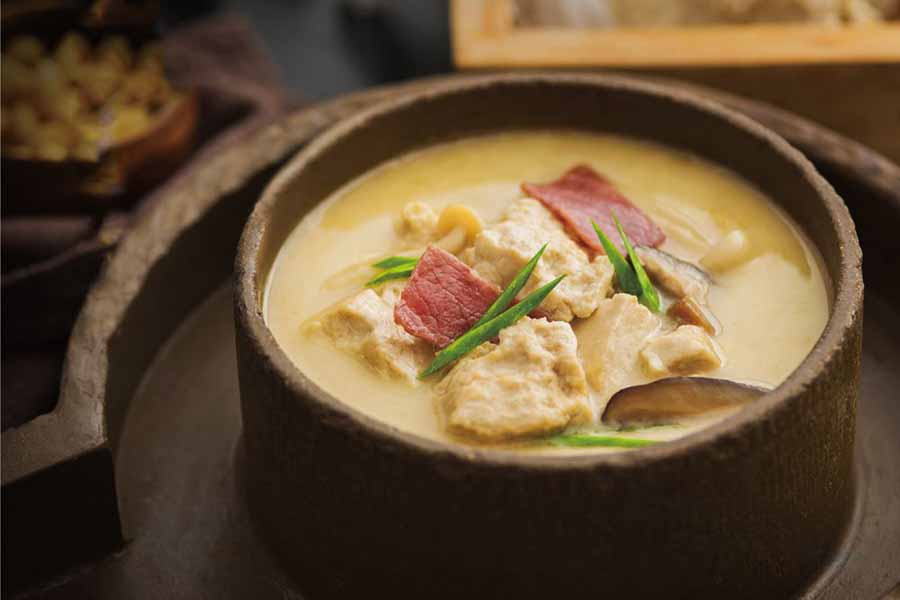
Anhui cuisine is derived from the native cooking styles of the Huangshan Mountains region in China and is similar to Jiangsu cuisine, but with less emphasis on seafood and more on a wide variety of local herbs and vegetables. Anhui province is particularly endowed with fresh bamboo and mushroom crops.
Shandong Cuisine
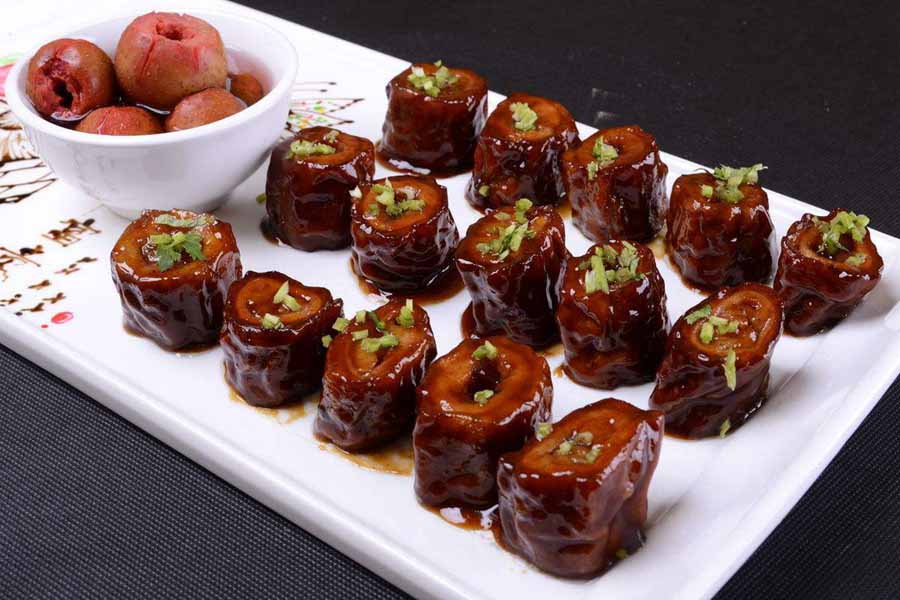
Shandong cuisine is commonly known as Lu cuisine. Lu cuisine made one of the most important parts of imperial cuisine with wide distribution across North China. Lu cuisine dishes are noted to have fresh, salty, crisp, and tender features. Lu cuisine chefs are experienced to care for the seasoning of clear broth and creamy soup. It was recorded to be highly favored by the imperial family in the Ming and Qing dynasties. Lu cuisine features a variety of cooking techniques and seafood ingredients. The typical dishes on the local menu are braised abalone, braised trepang, sweet and sour carp, Jiuzhuan Dachang, and Dezhou Chicken.
Fujian Cuisine
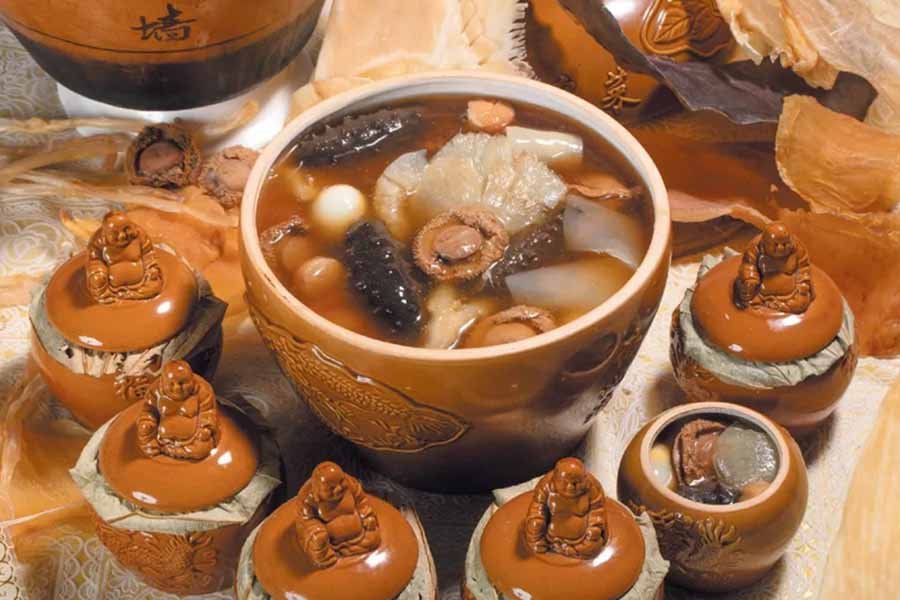
Fujian cuisine is influenced by Fujian’s coastal position and mountainous terrain. Woodland delicacies such as edible mushrooms and bamboo shoots are also utilized. Slicing techniques are valued in the cuisine and utilized to enhance the flavor, aroma, and texture of seafood and other foods. Fujian cuisine is often served in a broth or soup, with cooking techniques including braising, stewing, steaming and boiling.
Jiangsu Cuisine
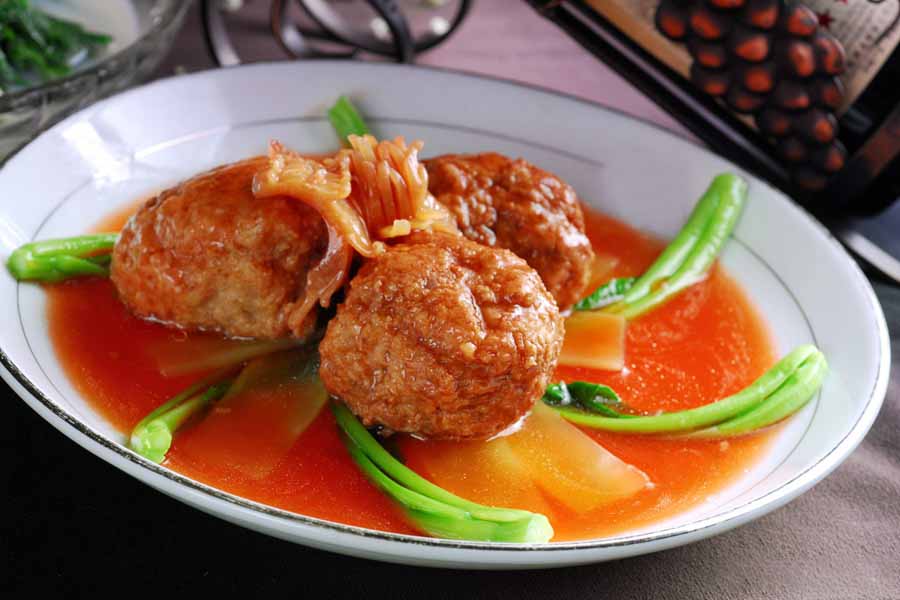
Jiangsu cuisine is one of the major components of Chinese cuisine, which consists of the styles of Yangzhou, Nanjing, Suzhou, and Zhenjiang dishes. It is very famous all over the world for its distinctive style and taste. It is especially popular in the lower reach of the Yangtze River. Typical courses of Jiangsu cuisine are Jinling salted dried duck (Nanjing’s most famous dish), crystal meat (pork heels in a bright, brown sauce), clear crab shell meatballs (pork meatballs in crab shell powder, fatty, yet fresh), Yangzhou steamed Jerky strips (dried tofu, chicken, ham, and pea leaves), triple combo duck, dried duck, Farewell My Concubine (soft-shelled turtle stewed with many other ingredients such as chicken, mushrooms, and wine), and sweet and sour mandarin fish (Suzhou cuisine).
Hunan Cuisine
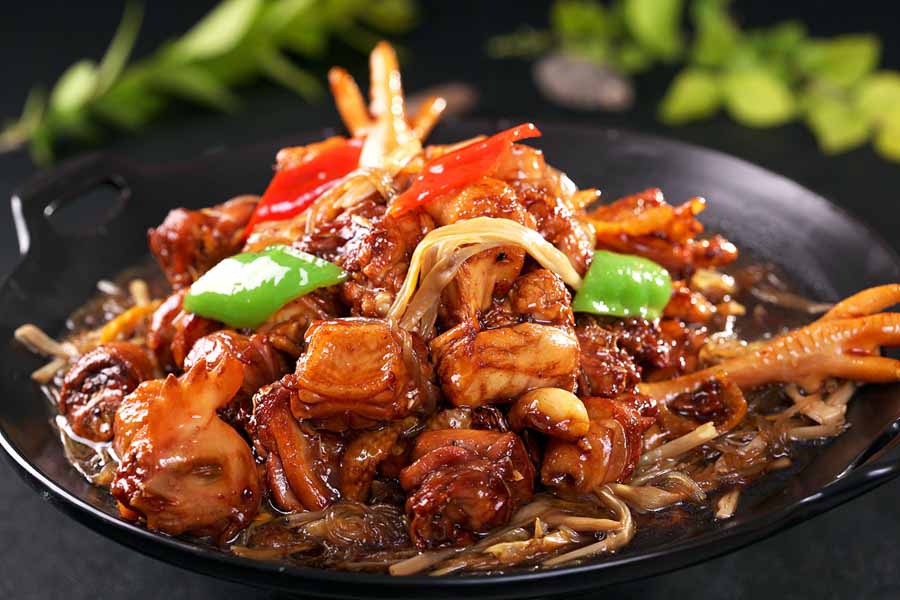
Hunan cuisine is well known for its hot spicy flavor, fresh aroma, and deep color. Common cooking techniques include stewing, stir-frying, pot-roasting, braising, and smoking. Due to the high agricultural output of the region, there are many varied ingredients for Hunan dishes. Hunan cuisine is called Xiangcai (湘菜) in China, because the abbreviation of Hunan province is Xiang (湘). Some typical dishes of Hunan cuisine are steamed bacon, stewed fish, and rice noodle soup. Besides being spicy, Hunan cuisine, especially western Hunan, also emphasizes on sourness. Therefore, different kinds of pickles are popular in Hunan, for example, douchi is a type of fermented and salted black soybean.
Zhejiang Cuisine
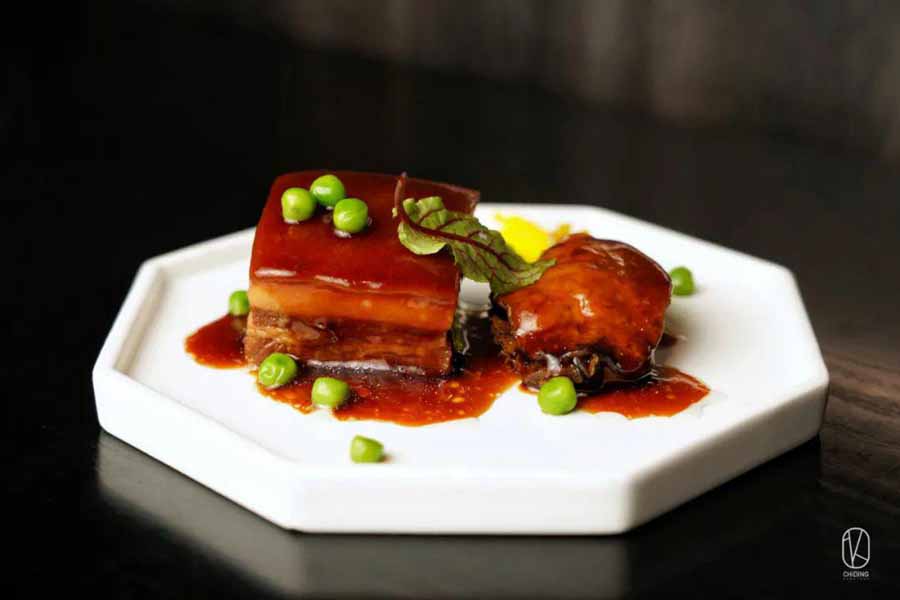
Zhejiang cuisine derives from the native cooking styles of the Zhejiang region. The dishes are not greasy, having instead a fresh, soft flavor with a mellow fragrance. The cuisine consists of at least four styles:
- Hangzhou style, characterized by rich variations and the use of bamboo shoots;
- Shaoxing style, specializing in poultry and freshwater fish;
- Ningbo style, specializing in seafood;
- Shanghai style, a combination of different Zhe styles, is also famous for its dim sum.

